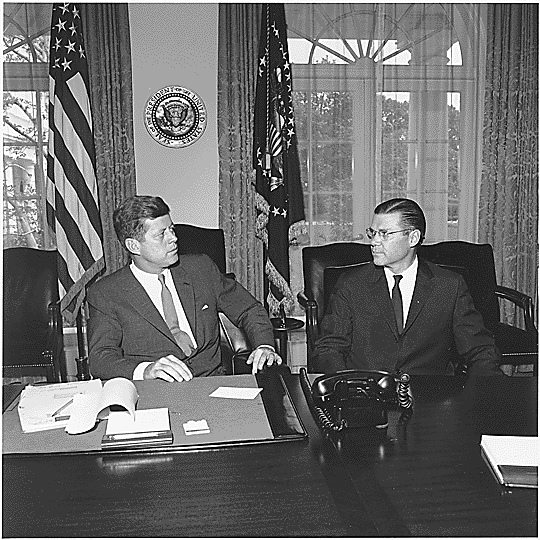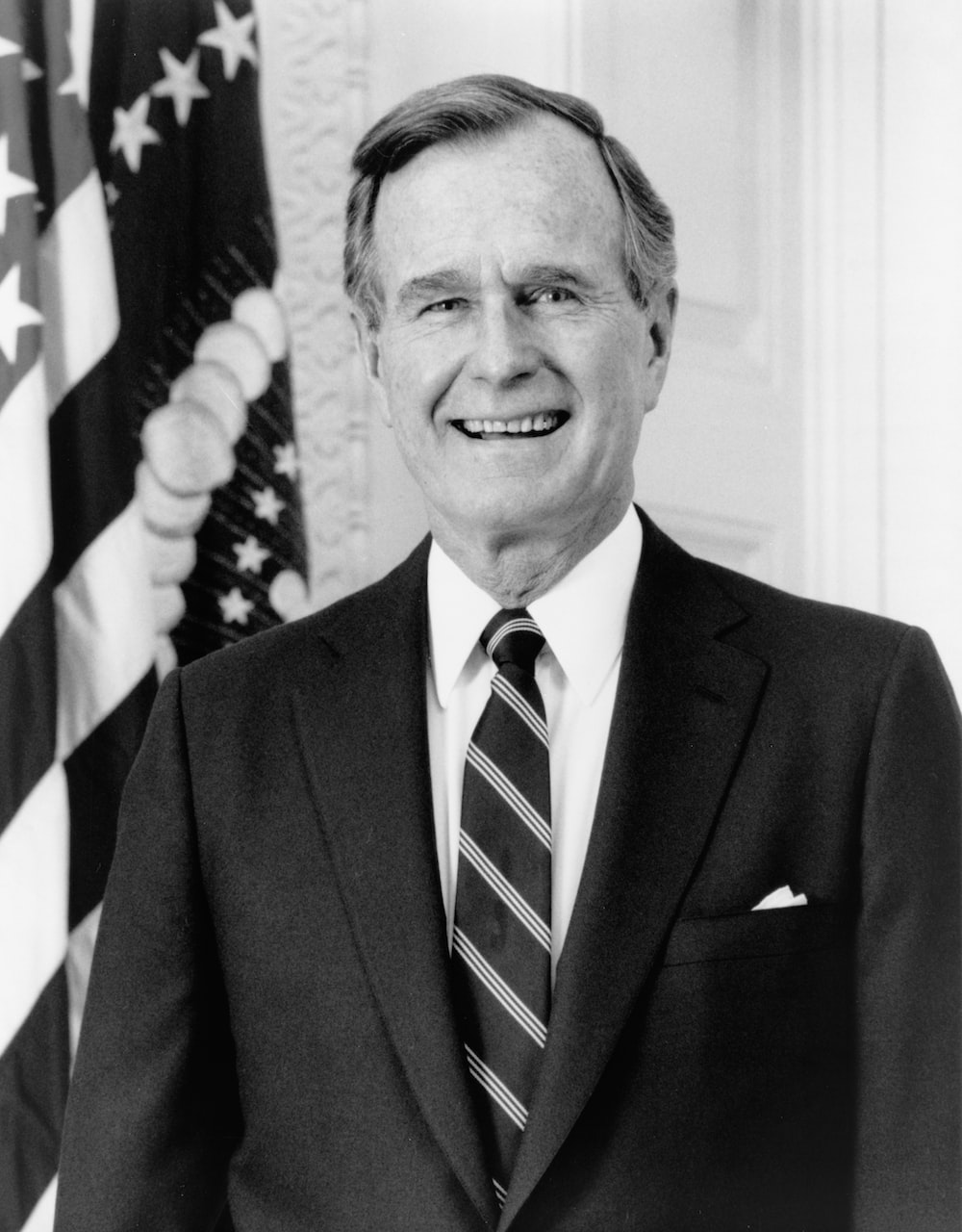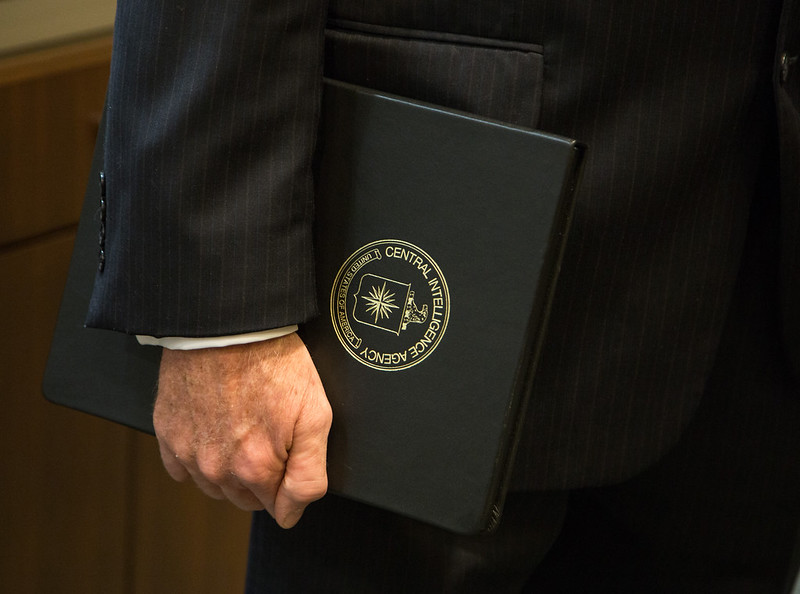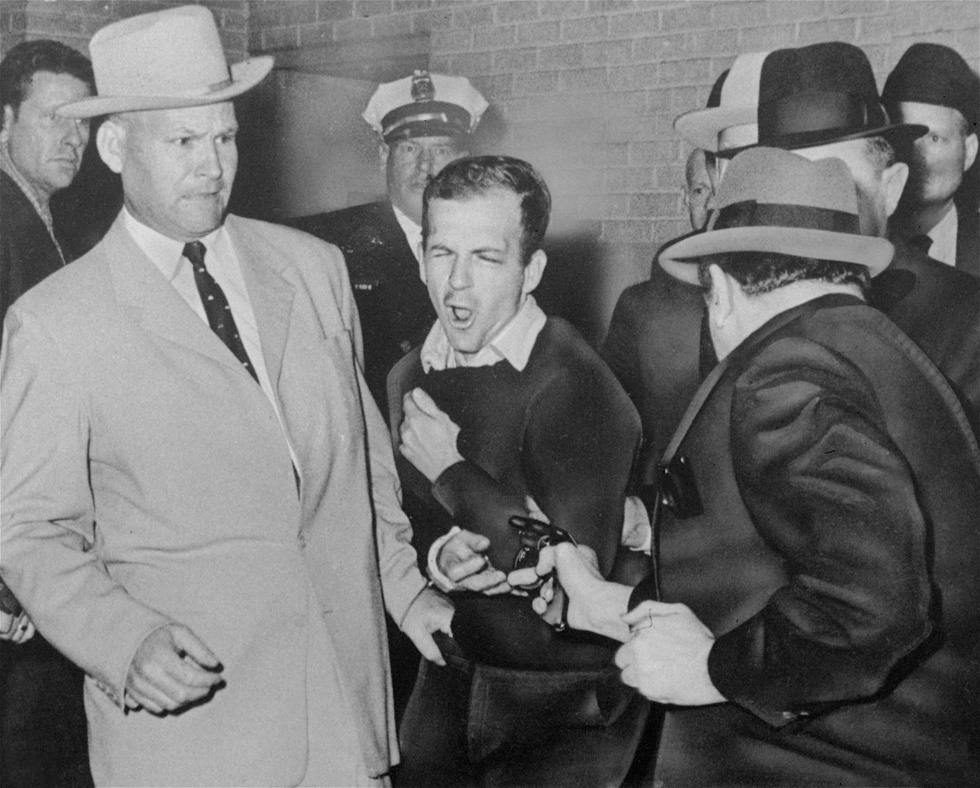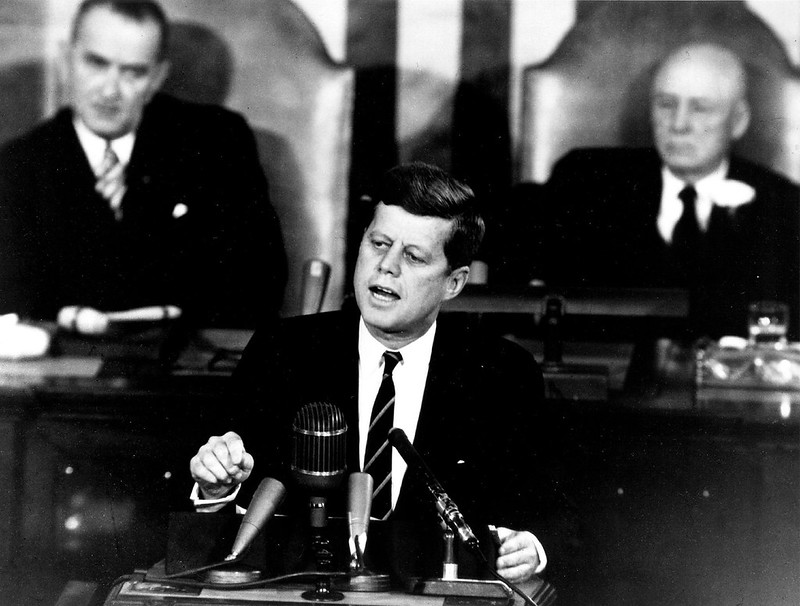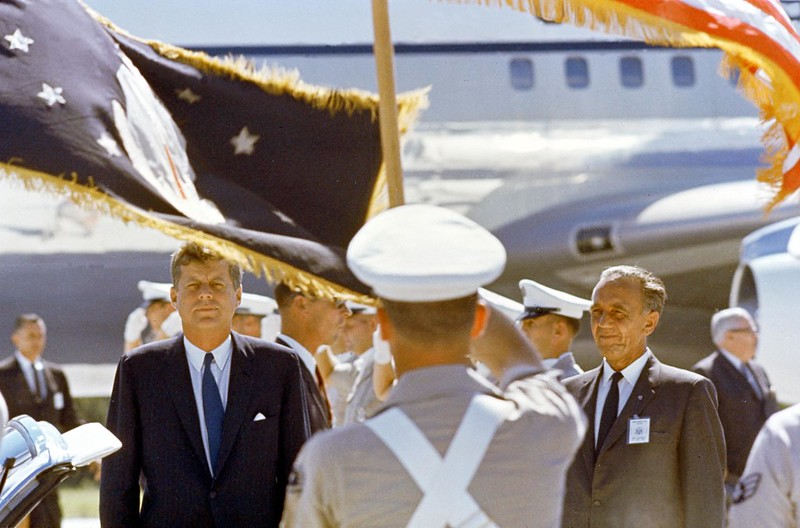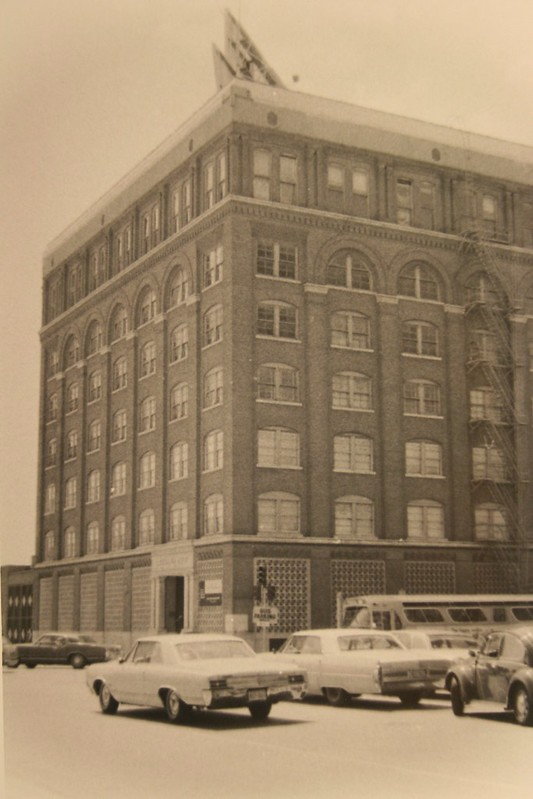- Jake Fernandez
- Blogs
- Hits: 121
The Illegal Postponement of the JFK Records Act: An Explainer
Since the JFK Records Act reached its October 2017 deadline, the Trump and Biden Administrations have been hit with widespread criticism and, in President Biden’s case, a lawsuit for postponing the release of several important documents regarding the John F. Kennedy assassination.
While the law allows exemptions, it outlines when they are allowed and puts the burden of proof on agencies. For more on these exemptions, read our full blog here.
Let’s explore the postponement and why it’s against the law, shall we?
It Happened One Friday
In the late hours of Friday, June 30, 2023, long after Washington DC's media elite had filed their reports and well after dedicated pundits had departed for their July 4th celebrations in the Hamptons, the Biden Administration issued an Executive Memorandum.
This move has been widely criticized as an illegitimate attempt to terminate the JFK Records Act and seize control over legislative processes and records, hurting the very spirit of this Congressional Act.
The JFK Records Act: A Background
The JFK Records Collection Act of 1992 was enacted to promote transparency and public access to government records related to the assassination of President John F. Kennedy. Its primary purpose was to require federal agencies, particularly those involved in the investigation of the assassination, to disclose and make available to the public all records and documents related to this historic event.
By passing this Act, the government aimed to provide a comprehensive and unclassified record of the Kennedy assassination, thereby enhancing public understanding of the event and addressing various conspiracy theories and uncertainties that had arisen over the years.
This legislation was instrumental in ensuring that civilians had access to a significant historical record and could scrutinize the details surrounding President Kennedy's tragic death. It also reflected a commitment to openness in government and the principle that certain historical records should be made accessible to the public after a specific period.
Why is the JFK Records Act Postponement Illegal?
Below are some reasons the incessant postponement is against the law.
- The Act mandated the public release of JFK assassination-related records by October 26, 2017, unless stringent postponement criteria were met—they were not, hence the lawsuit against President Biden.
- A postponement necessitated clear and convincing evidence, with the President required to provide unclassified explanations for each delayed record.
- The President's postponement authority extended solely to Executive Branch records, excluding legislative branch records.
- Each record had to be accompanied by an Identification Aid detailing its particulars and the legal grounds for postponement.
- The National Archivist's role involved maintaining transparency through the upkeep of Identification Aids and a publicly accessible directory.
- A "presumption of disclosure" was established, shifting the burden to agencies to demonstrate the necessity of postponement.
- The Assassination Records Review Board (ARRB) oversaw compliance, releasing records unless they strictly met the postponement criteria outlined in the Act.
Discover more about the illegitimate nature of this postponement at Kennedys and King. We keep an eye on and call out each indiscretion of intelligence agencies and the government’s executive and administrative branches regarding the JFK assassination and other political assassinations of the 1960s.
Reach out for queries and concerns.


